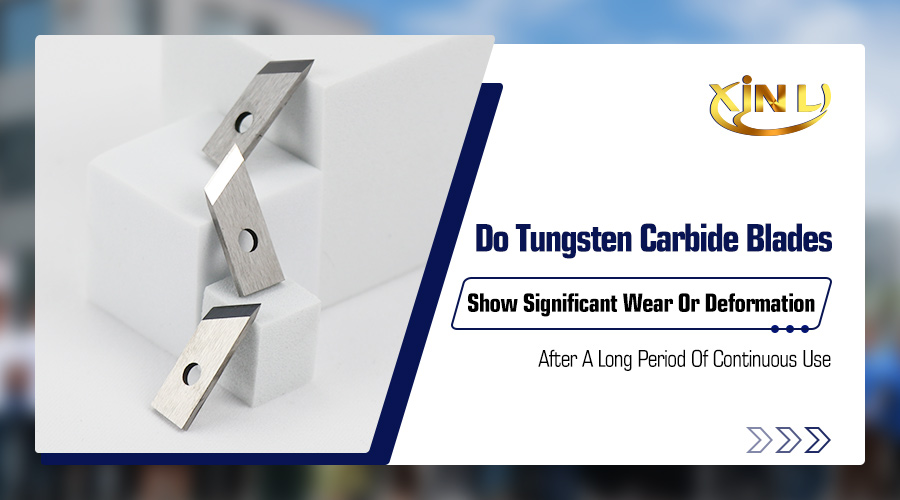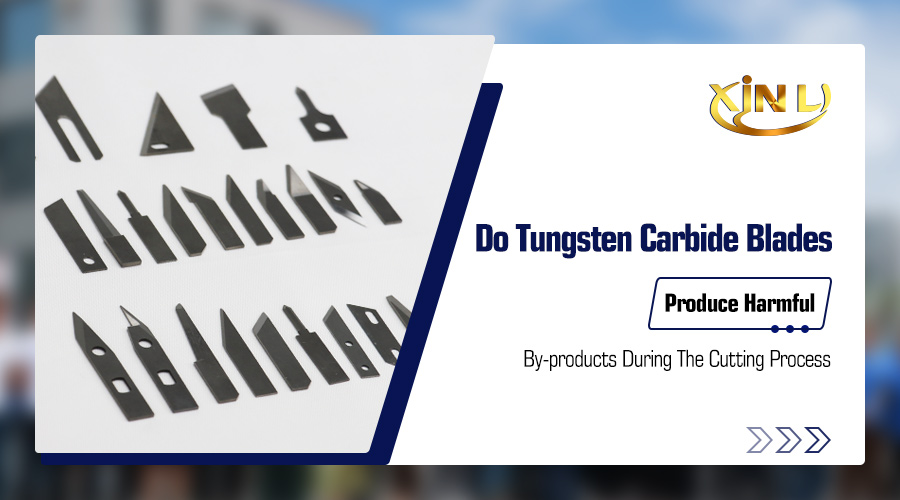In the field of metal processing and precision manufacturing, the performance of cutting blades is directly related to productivity and product quality. In the extreme temperature environment, the performance of cutting blades has become one of the most important standards to measure its advantages and disadvantages. Today, we will discuss the performance of tungsten carbide knives in extreme temperatures.
Tungsten carbide, also known as tungsten carbide, is known for its high hardness, high strength, high wear resistance and high modulus of elasticity. This material is mainly made from a mixture of metal powders such as tungsten carbide (WC) and cobalt (Co), which are pressed and sintered, and has excellent physical and chemical properties. In the field of blade manufacturing, tungsten carbide knives are favored for their excellent performance
The performance of tungsten carbide knives is particularly impressive when they are exposed to extreme temperature environments. First, let’s take a look at the effects of high-temperature environments on tungsten carbide cutters. During metal cutting, the friction between the blade and the workpiece generates a lot of heat, causing the blade temperature to rise sharply. However, tungsten carbide blades are still able to maintain high hardness and strength at high temperatures, which is one of their significant advantages. According to research, the hardness and performance of tungsten carbide knives remain basically unchanged even at temperatures of 500°C; and at 1,000°C, it still has high hardness. This means that in a high-temperature operating environment, tungsten carbide knives can maintain stable cutting performance for a long time and are not easy to soften or deform due to high temperature.
In addition to high-temperature environments, low-temperature environments also have a certain impact on the performance of tungsten carbide cutters. Although in practical applications, blades rarely face extremely low temperature environments, understanding their performance at low temperatures still helps us to evaluate their performance more comprehensively. At low temperatures, the hardness and toughness of tungsten carbide blades may change slightly, but overall their performance remains relatively stable. This is due to the excellent physical and chemical stability of the tungsten carbide material itself.
Of course, the performance of tungsten carbide knives at extreme temperatures is not perfect. While tungsten carbide knives can maintain a high level of hardness at high temperatures, prolonged operation at high temperatures can still lead to increased surface oxidation and wear. In addition, extreme temperatures may also cause changes in the internal microstructure of the tungsten carbide cutter, such as grain growth and increased dislocation density, thus affecting its overall performance. Therefore, when using tungsten carbide cutters for extreme temperature operations, it is necessary to reasonably control the cutting parameters, use coolant and other measures to reduce the temperature and wear.
To summarize, the performance of tungsten carbide cutter under extreme temperature is relatively excellent. Its high hardness, high strength and high wear resistance make it able to maintain stable cutting performance for a long time under high temperature environment; at the same time, it can also maintain relatively stable performance under low temperature conditions. However, in order to fully utilize the advantages of tungsten carbide cutters and extend their service life, we still need to pay attention to reasonable control of cutting parameters and the use of coolant and other measures to reduce the temperature and wear in the process of use. Only in this way can we better utilize the tungsten carbide cutter as a high-quality blade to improve productivity and product quality.







